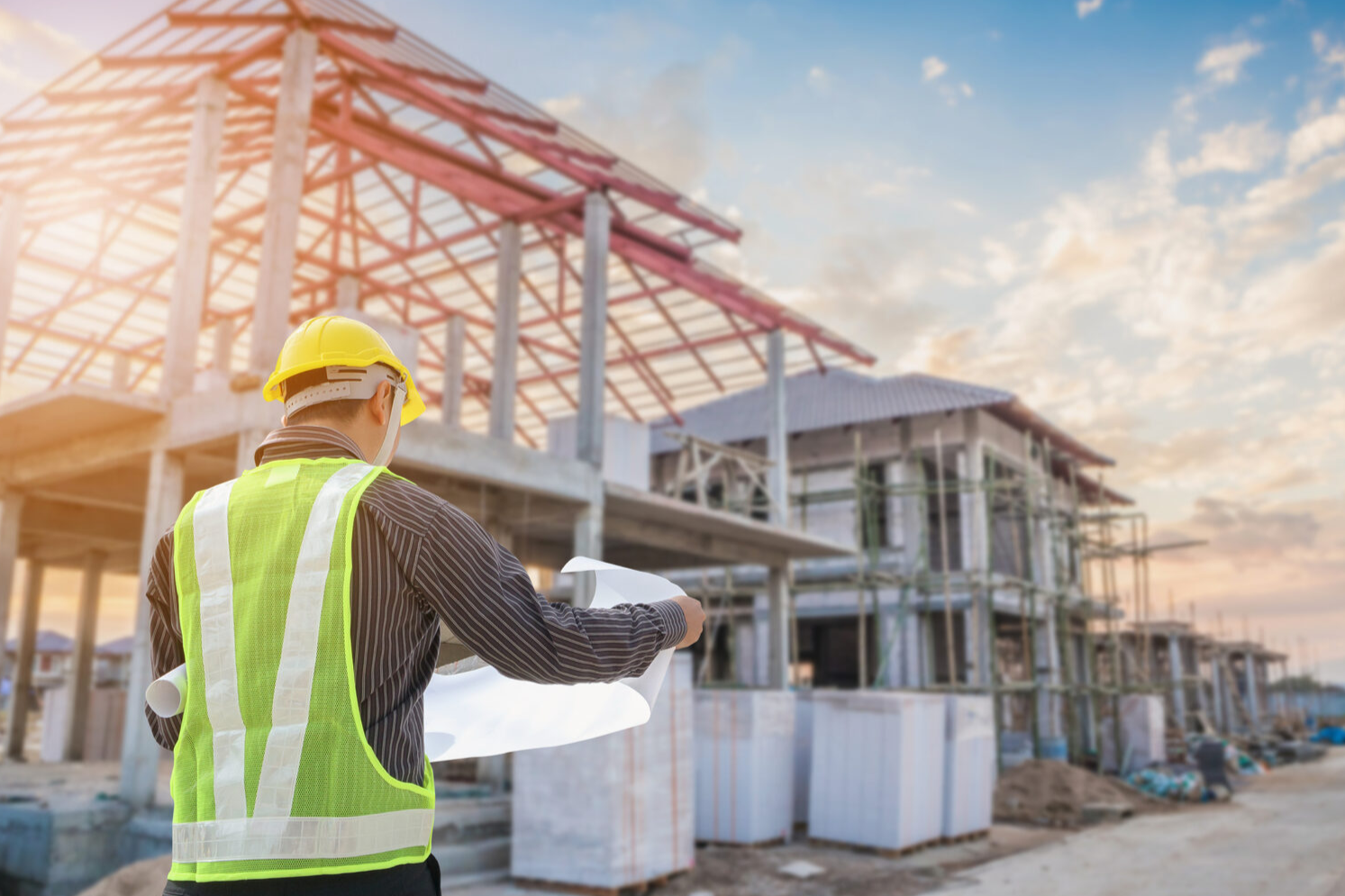
Why is it important to install a drainage system when landscaping a territory
A drainage system is an integral part of landscaping any site, especially in regions with heavy rainfall or high groundwater levels.
The main reasons for installing drainage:
1. Protecting the foundation and buildings from moisture
Accumulation of water around a building can lead to the destruction of the foundation, cracks in the walls and a gradual decrease in the strength of structures.
2. Preventing flooding of the site
Without drainage, water stagnates on the territory, turning it into an unusable space, especially in the spring during the melting of snow or during the rainy season.
3. Improving the condition of lawns and plantings
Excessive moisture negatively affects the root system of plants, which can lead to their death or slow growth.
4. Improving the comfort of using the site
The absence of puddles, dampness and dirt ensures convenient movement around the territory and improves its appearance.
Types of drainage systems:
Surface drainage (storm sewer) — drains rain and melt water from the surface of the site.
Deep drainage — a system of pipes laid in the ground, which collect and drain groundwater.
When designing drainage, the site topography, soil type, depth of groundwater and location of buildings are taken into account. A properly installed drainage system significantly increases the service life of buildings and makes the territory safer and more comfortable